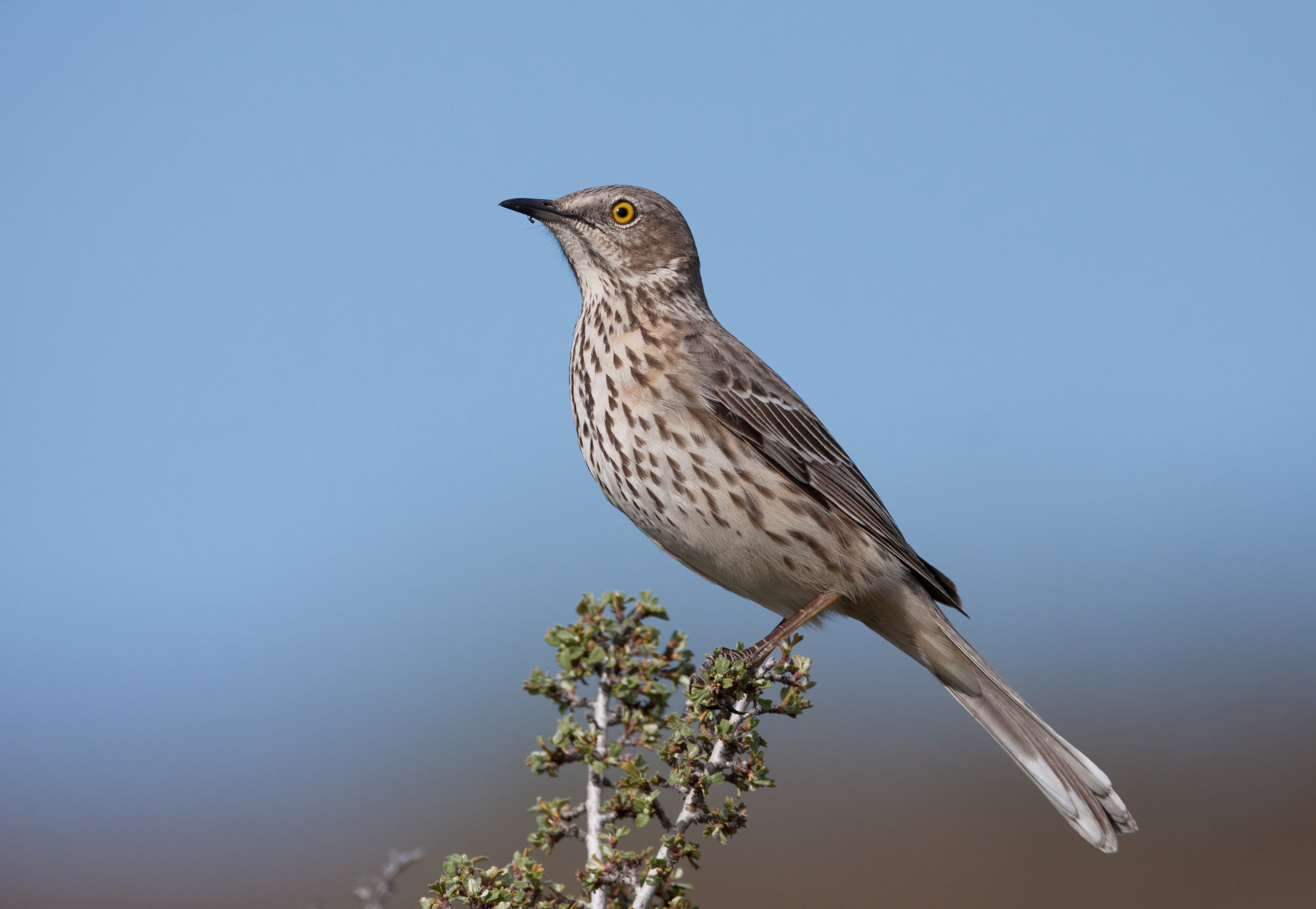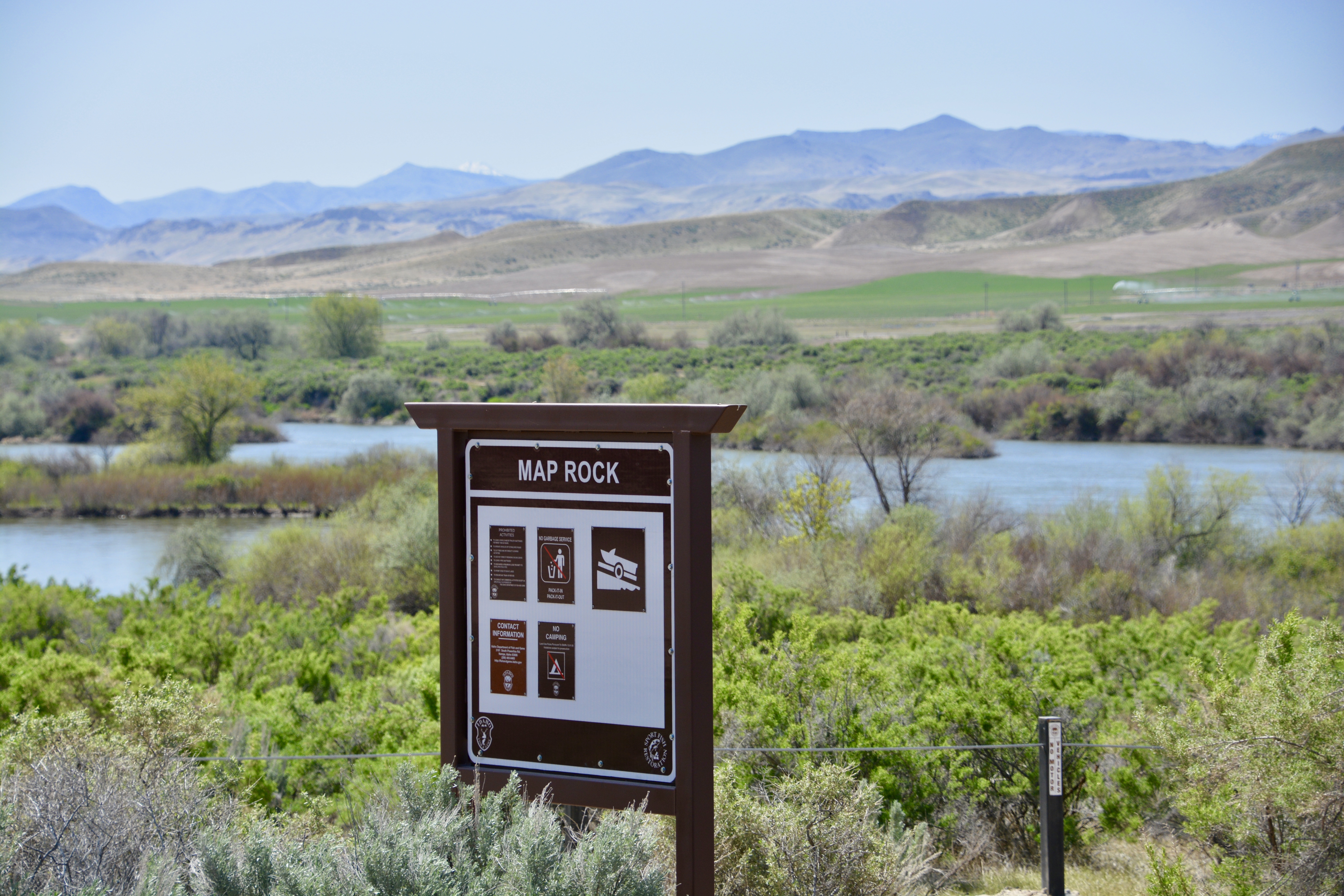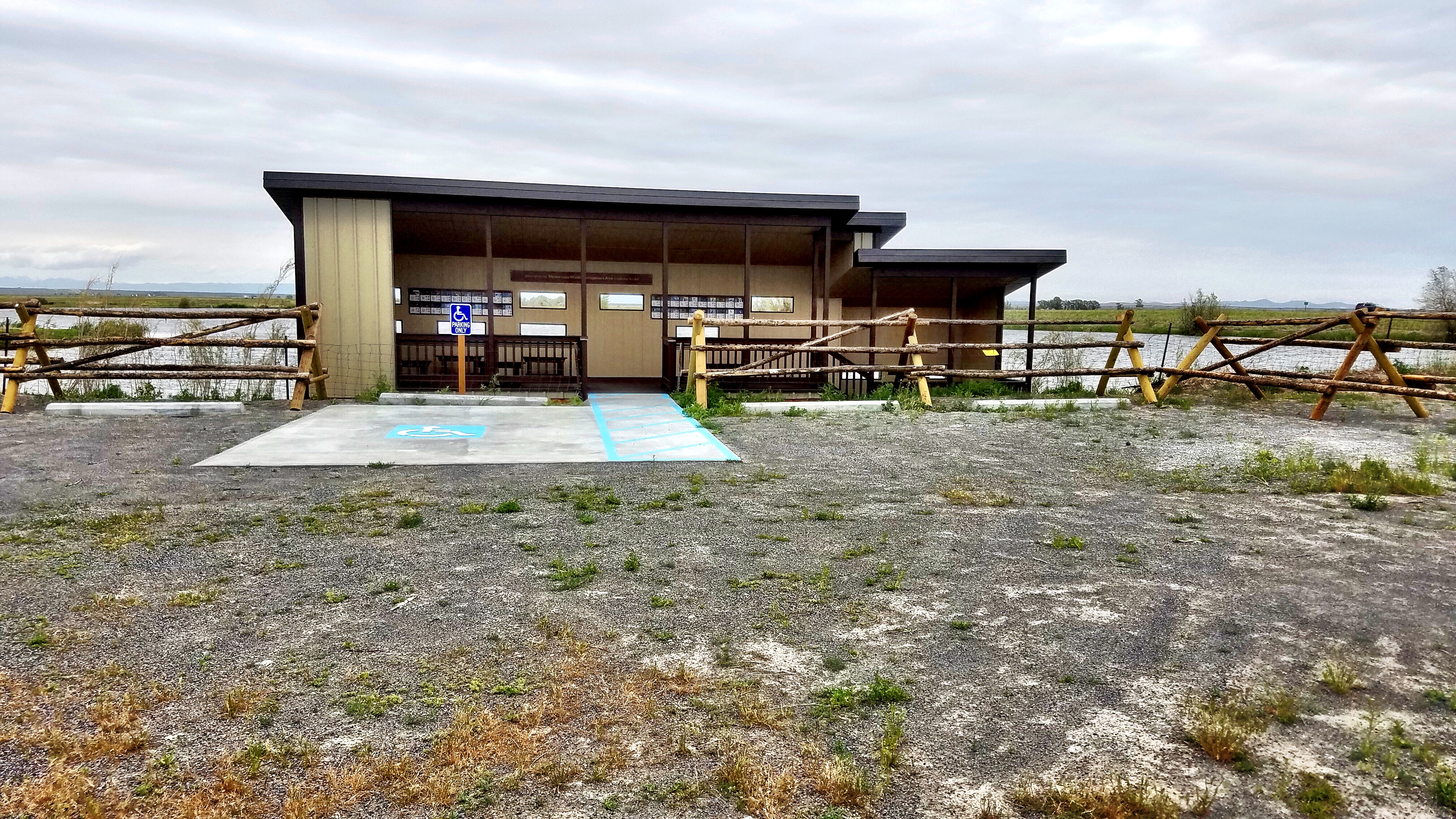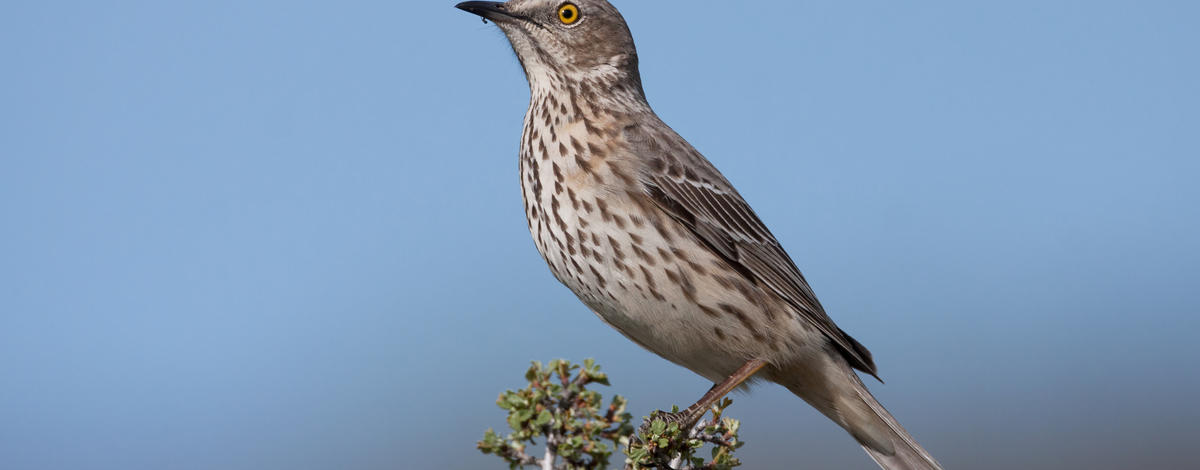Southern Idaho is a wonderful place to spend the summer as a birder. With diverse habitats there is no shortage of places to explore the avifauna. A few of my favorite places to watch birds during the summer are in the sagebrush steppe, juniper foothills, and Snake River riparian corridors.

See and hear the songs of sagebrush
The sagebrush is never devoid of life, but in the summer it is the birth place of the next generation of sagebrush obligate songbirds. Ubiquitous in any sagebrush ecosystem, Brewer’s Sparrows can be heard vigorously defending territories. Though drab, this smallest North American sparrow has an amazing vocal repertoire.
The Sage Thrasher is another songbird that breeds exclusively in sagebrush. The thrashers also have a unique vocal range and can imitate many species, including Sora, though they are more frequently heard including portions of meadowlark and sparrow songs in their amazing vocal collections.
The large, elegant Sagebrush Sparrow can be found in extremely dry sagebrush ecosystems. They require large tracts of intact sagebrush and can be difficult to find until you are at a good site for them! If you are seeing lots of interspace and cactus near you, be sure to listen closely for the Sagebrush Sparrow’s plain but lovely song.
Junipers attract birds, too
The juniper foothills around eastern Idaho are full of birds in the summer! Breeding Black-throated Gray Warblers are at the northern extent of their range in eastern Idaho. They are easy to hear as they sing their buzzy, simple songs, but finding them can be tricky.
Blue-gray Gnatcatchers are also at the northern extent of their range. These tiny songbirds are not associated closely with juniper across North America, but in Idaho they are only found in juniper. Another specialty in Idaho’s juniper is the Juniper Titmouse. This drab crested songbird nests in old woodpecker cavities or natural cracks and crevices in juniper trees. Unlike the gnatcatcher, they are associated with juniper throughout the ranges and like the gnatcatcher, they are at the northern extent of their range.
Also found in juniper ecosystems in summer are Green-tailed and Spotted Towhees and Chipping Sparrows.

Listen to Snake River serenades
The Snake River and its riparian corridors are important to many species of breeding birds like Yellow Warblers, Cedar Waxwings, and Song Sparrows. These common birds occur in very high densities. Also present along these corridors are more uncommon species such as the Yellow-billed Cuckoo.
The Western population of Yellow-billed Cuckoo is listed as threatened under the Endangered Species Act. Habitat degradation among other things have negatively affected this specialist species which requires large tracts of undisturbed cottonwood-willow gallery. Cuckoos are also very difficult to detect, even when they are present. Intensive survey efforts are undertaken each year to quantify this population in Idaho.
Protect breeding birds
Summer is an important time for all birds because it is when most are able to breed, recruiting for the next generation of their species. We can take some very important steps to protect birds during this important stage in their annual cycle.
One study found that more than a billion birds are killed by outdoor cats annually in North America alone. It is especially critical that cats be kept indoors in the summer because bright collars, bells, and other tricks do not work when cats are stalking naive baby birds. Even de-clawed cats are extraordinarily skilled hunters, especially when they encounter baby birds that don’t know to be afraid.
If you want to help protect birds this summer, and at all times of the year, keeping your cat indoors or contained on an outside “catio” is one of the best ways to do so!
Windows are overlooked bird killers
The second largest source of human-caused mortality in birds are windows. Windows reflect the surrounding habitat so the windows looks like an extension of the habitat and birds cannot see that there is something they can hit. Products such as Acopian BirdSavers and other methods are encouraged to prevent birds from flying into windows.
Note that falcon or hawk shapes and other stickers on windows have little to no effect. If you are curious about how to stop birds from hitting your windows, the American Bird Conservancy has information for preventing bird strikes on residential windows.
A new place for birders at Market Lake WMA
One of the best places in eastern Idaho to observe birds has a noteworthy new blind that will help visitors get a better view of the massive migration of waterfowl during the spring.

The new wildlife viewing blind at Market Lake Wildlife Management Area (WMA) opened its windows this year and offers WMA visitors a unique opportunity to get an up close and personal view of migrating and resident ducks, geese, and waterbirds that utilize the WMA.
The viewing blind takes advantage of the natural habitat and proximity to a pond, which attracts birds and other wildlife.
The ADA-compliant blind improves public access at Market Lake WMA. It has a wheelchair access and windows of various heights and sizes to accommodate observers of all ages, benches for sitting, interpretive bird signs, and room for lots of people.
Acquired in 2018, the pond and surrounding area is the latest addition to the WMA. It lies across Interstate 15 from a conservation easement that helps to conserve the open lands buffering the WMA. The easement’s agricultural fields and the acquisition’s wetland areas are valuable to many important bird species.
The Idaho Department of Fish and Game and Idaho Foundation for Fish and Wildlife funded the project.
The viewing blind is on the former Western Wings Pond on 800 North near the overpass that crosses Interstate 15 two miles north of Roberts.

